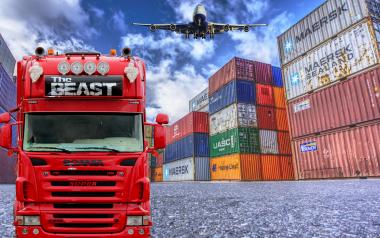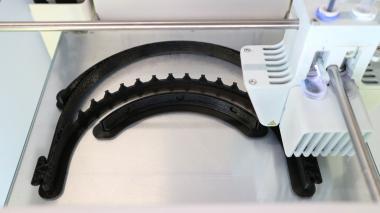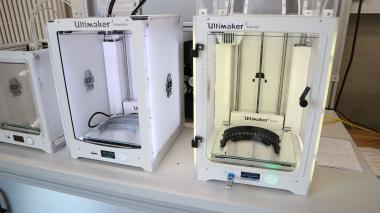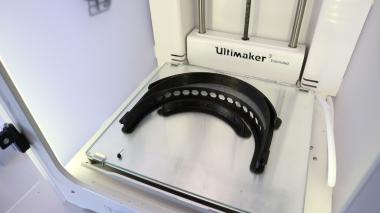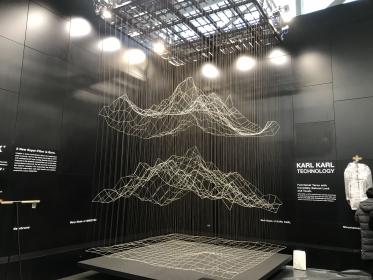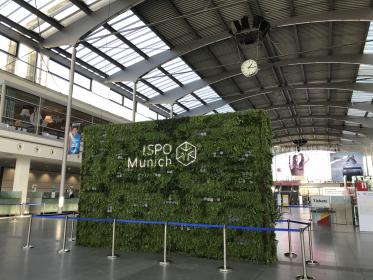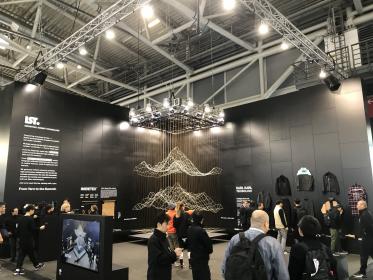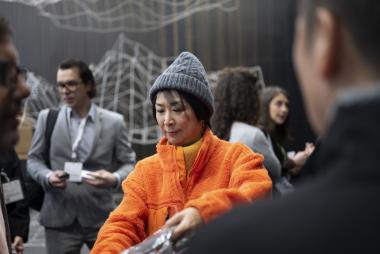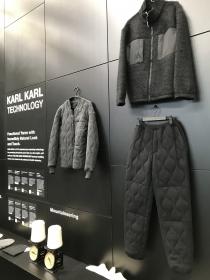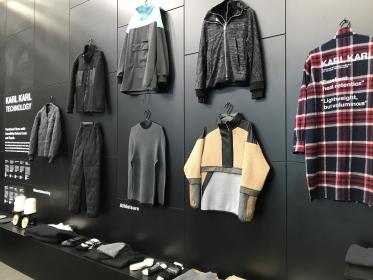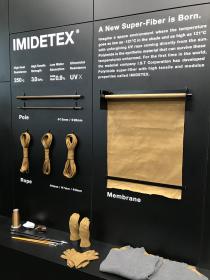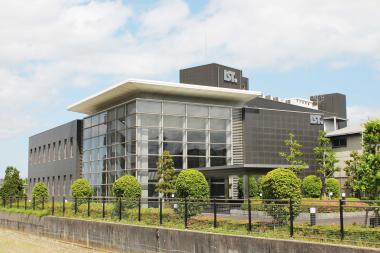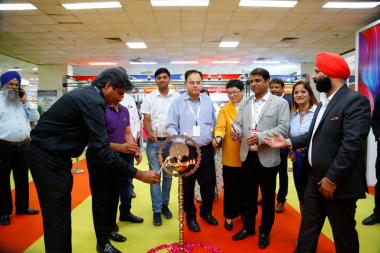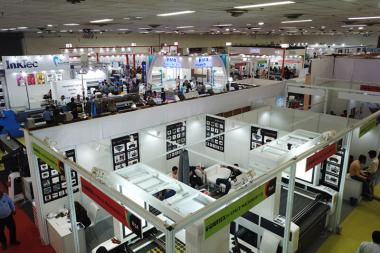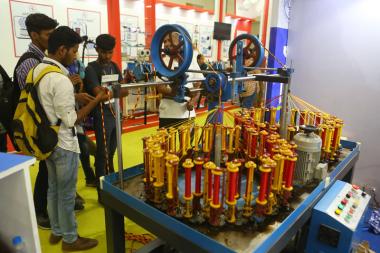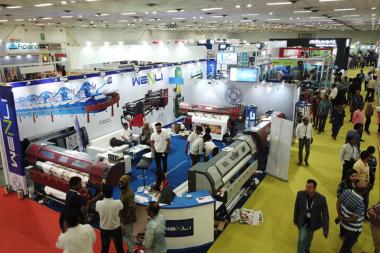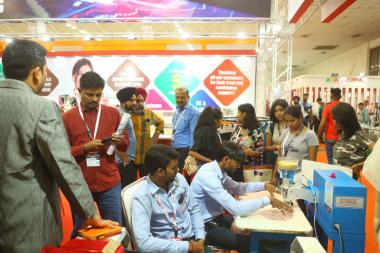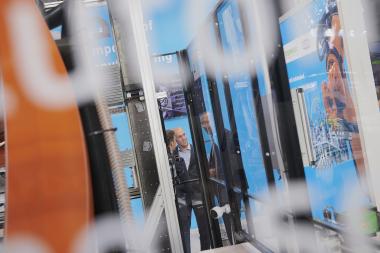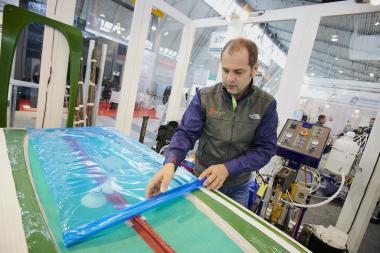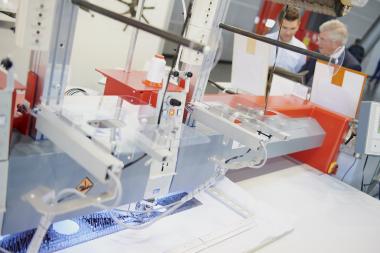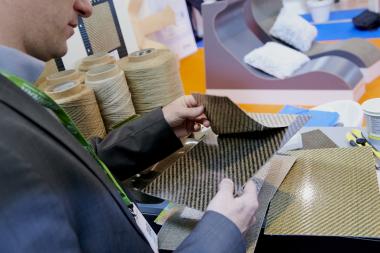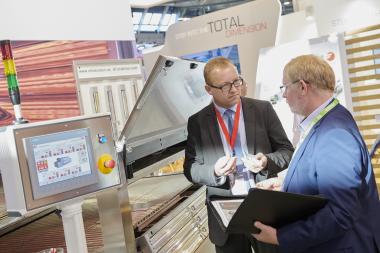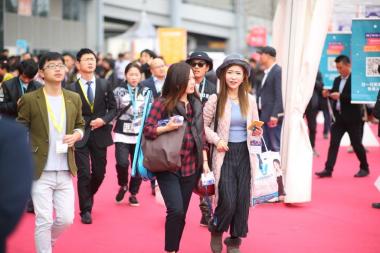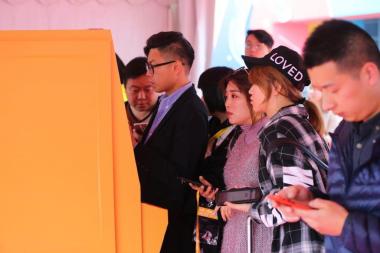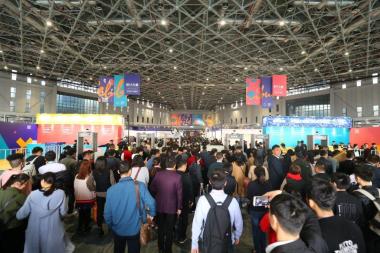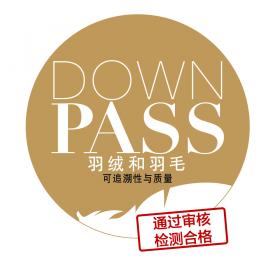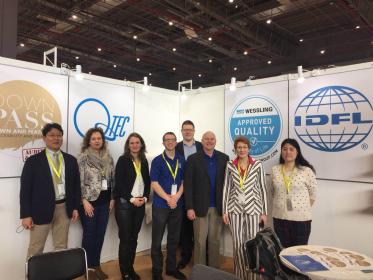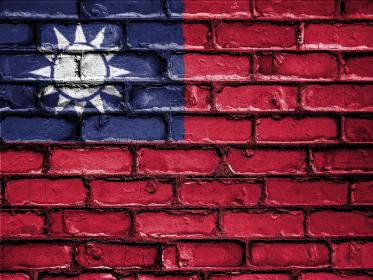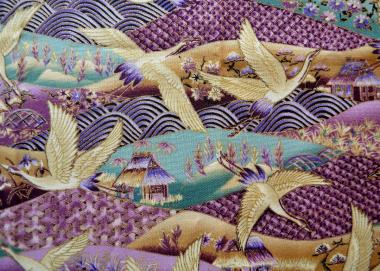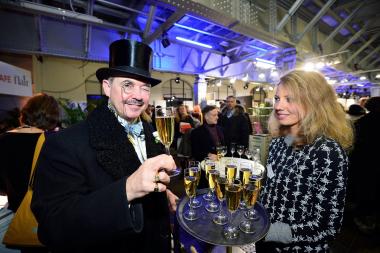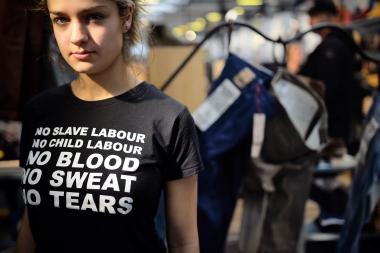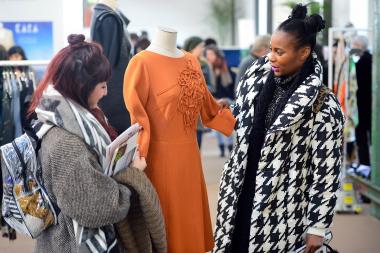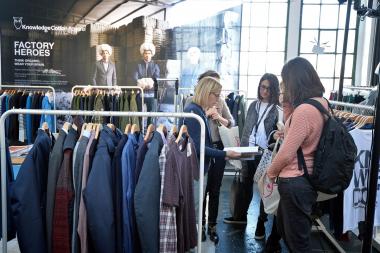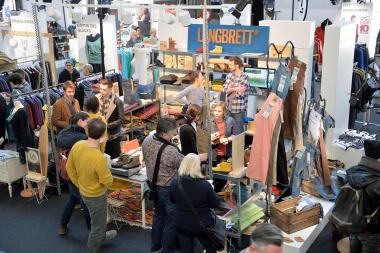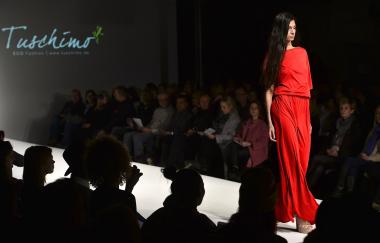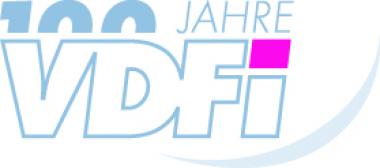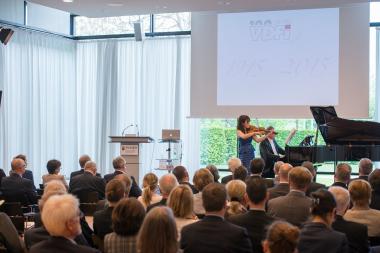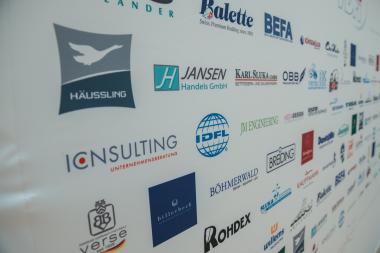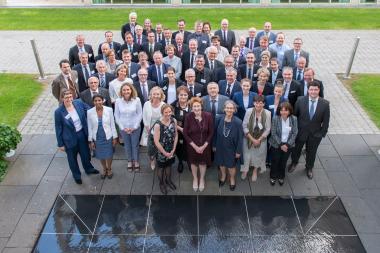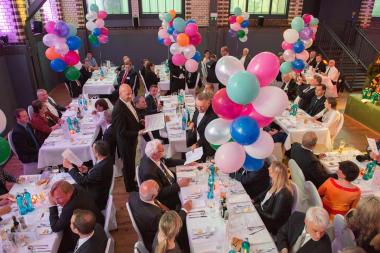Fraunhofer ITWM: Cost-effective Ways to minimize Risks in the Supply Chain
- Algorithms for optimized supply chains
The coronavirus pandemic has hit the economy hard. What lessons can be learned from this experience? And what’s the best way for companies to protect themselves against this kind of crisis in the future? The answer will certainly involve a combination of different approaches – but new mathematical methods developed by the Fraunhofer Institute for Industrial Mathematics ITWM look likely to be a very promising piece of the puzzle. These methods aim to calculate how the risks posed by supply shortages can be reduced significantly at very little extra cost.
Nobody ever expected hospitals to be struggling to get hold of the face masks and other personal protective equipment they need. The supply chain had always run smoothly in the past, yet the coronavirus crisis has now caused shortages of these products on multiple occasions. Previously, these supply chains had worked well – but the necessary restrictions on the global flow of goods led them to collapse.In many cases, for example, Chinese suppliers were unable to make deliveries even while factories in Germany were still working as normal, a situation that had a knock-on effect on goods production in Germany. And viruses are not the only potential risk: international suppliers can be paralyzed by all kinds of unforeseen factors, from natural disasters such as tsunamis, earthquakes, storms and floods to strikes or other unexpected political developments. If a company chooses to rely on just one supplier for its production needs in order to reduce costs, this can have devastating consequences that may even bring production to a complete standstill. It can take a very long time indeed for other suppliers to ramp up their production and start delivering the required products.
Analyzing and safeguarding supply chains
This is where methods developed by Fraunhofer ITWM come into play. “The algorithms analyze how diversified the supply chains are in different areas of the company and thus how great the risk is of running into critical supply problems in an emergency, in other words in the event of regional or global disruption,” says Dr. Heiner Ackermann, deputy head in the Department of Optimization at Fraunhofer ITWM in Kaiserslautern. “The question is how you can minimize the risk of supply shortfalls without incurring significant additional costs.” The dilemma is similar to that of buying a house: Is it best to opt for the lowest possible interest rates, even though there is a risk that follow-up financing will offer much worse rates? Or is it best to play safe and pay slightly higher interest rates from the start if that means having the reassurance of reasonably priced financing for the entire term?
Companies also have to get the right balance between risk and costs. If a company chooses to rely solely on the cheapest supplier, they are taking a major risk. But if they procure a raw material from multiple suppliers at the same time, that risk drops significantly. “And in this case the difference in cost is much lower than the difference in risk,” says Ackermann. In other words, the risks fall dramatically even when a company increases its costs by just a few percent – so it is possible to eliminate much of the risk by accepting just a slight rise in costs. Companies can use the algorithm to discover what would work best in their particular situation. “This method lets companies optimize their supply chains based on multiple criteria, helping them to find the optimal balance between costs and risks,” says Ackermann. “The underlying algorithms work equally well whether you are dealing with supply shortages caused by an earthquake or a virus. So, unlike existing software solutions, we don’t try to make assumptions as to the likelihood of any particular scenario.” With this new method, a company starts by entering various parameters – for example areas in which they think disruption could be likely and how long that disruption might last. The algorithms then calculate various cost/risk trade-offs for this exact raw material, including the possible allocations of suppliers that would correspond to each point on the scale. They even take into account options such as storing critical products in order to cushion any temporary supply shortfalls.
Substituting raw materials during supply shortages
Another option the algorithms take into account is whether a raw material could potentially be replaced by different materials in the event of a supply bottleneck. If so, this can be taken into consideration from the start. Essentially, the method calculates the costs and risks of different courses that a company can follow in regard to their suppliers. Procter & Gamble is already using a software-based variant of this methodology which has been specially tailored to its needs.
Fraunhofer Institute for Industrial Mathematics ITWM


